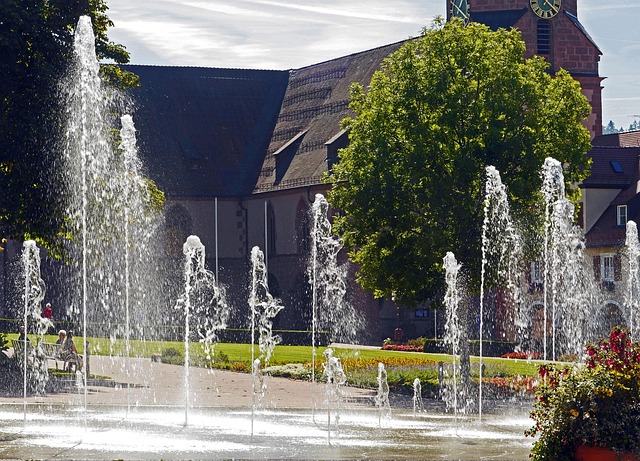Revolutionizing Urban Living: The Future of Sustainable Transportation
As cities expand and populations grow, the way we navigate urban environments has never been more critical. Sustainable transportation is at the forefront of transforming our cities, promising cleaner air, reduced traffic congestion, and improved quality of life for every resident. Imagine a future where your daily commute is not just a routine, but an experience that connects you more closely with your community and the environment.
At the heart of this revolution is the recognition that how we move through our cities has profound implications for our planet. Traditional modes of transportation have often resulted in increased carbon emissions, noise pollution, and an epidemic of stress as we grapple with overcrowded roads and public transport systems. The shift towards sustainable transportation invites us to rethink our travel choices and embrace alternatives that enhance our urban habitats.
Picture cities filled with vibrant bike lanes, bustling pedestrian walkways, and eco-friendly public transport options such as electric buses and trams. These initiatives not only reduce our dependency on fossil fuels but also encourage a sense of community. When people walk, bike, or use public transportation, they are more likely to engage with their neighbors and local businesses, fostering a sense of belonging and vibrancy in the urban landscape.
Innovations in technology are making sustainable transportation more accessible than ever. Electric vehicles (EVs) are popping up on our streets, while ridesharing services are increasingly opting for greener fleets. The rise of smart city solutions like connected bike-sharing programs and real-time public transit apps allows citizens to make informed mobility choices that are both convenient and environmentally friendly.
Moreover, advanced urban planning is integrating green spaces and public transportation hubs to create a seamless experience for residents. Imagine a city where your home is just a short walk away from a park, a grocery store, and a transit station, all interconnected with safe passageways designed for pedestrians and cyclists. This not only enhances convenience but also contributes to your overall well-being — encouraging physical activity and reducing the stress associated with long commutes.
However, the transition towards sustainable transportation won’t happen overnight; it requires collaboration among governments, businesses, and communities. Policymakers are tasked with creating incentives for using public transportation and investing in infrastructure that prioritizes green transport solutions. Businesses can contribute by adopting corporate transportation policies that align with sustainability goals, while citizens can champion local initiatives that advocate for cleaner commuting options.
As we stand on the brink of this transport revolution, envision a future where sustainable transportation is not just a dream but a reality shaping our everyday lives. It’s not merely about getting from point A to point B but about creating urban habitats that are healthier, more connected, and thriving. Our commitment to sustainable transportation can pave the way for a more vibrant, inclusive, and eco-conscious urban existence, one step at a time.




